Report Outlines How Subaru is Coping With Quality Control Issues

Subaru was one of the few automakers experiencing growth going into the Great Recession. When the financial crisis struck in earnest, Subaru’s volume briefly dipped to pre-recession levels before resuming its climb. Thanks largely to an enviable public image and desirable lineup, Subaru’s annual deliveries tripled between 2009 and 2018 inside the United States.
However Subaru’s quality rankings have lapsed in its quest to meet elevated demand. There has been a surge in recalls for the brand and some unsavory claims coming from the factory. According to internal documents seen by Automotive News, one of the primary reasons for this was due to rampant supply chain issues. The papers indicate that nearly half of Subaru’s suppliers were recently operating at quality levels below the company’s internal targets. Subaru is currently overhauling its own production processes and working with suppliers to improve quality and avoid developing a poor reputation with customers.
The automaker is familiar with its problems. An April 26th report by Subaru’s Quality Improvement Committee in Lafayette, Indiana, addressed an unpleasant increase of warranty, recall and other quality-related claims on U.S. vehicles — going from $241 million in the fiscal year ending March 31, 2015, to $900.1 million in the fiscal year ending March 31, 2019. The outlay over the five-year period surpassed $2.7 billion. It also said 70 percent of new Subaru vehicles are now the object of recalls or service campaigns within two years of being purchased, noting that the “permissible limit” should be around 10 percent.
From Automotive News:
Subaru is now focused on earning, in 2020, the top spot in Consumer Reports’ reliability ranking and escaping the lower ranks of J.D. Power’s Initial Quality Study, which is widely cited in auto advertising. Those goals were outlined in an internal report about Subaru of Indiana Automotive, the company’s manufacturing operations in Lafayette, Ind., issued in April by the company’s quality planning and management department.
In the closely watched Auto Reliability Survey from Consumer Reports, Subaru flourishes, finishing fourth in the fall 2018 report and second when the magazine updated the survey’s scores this spring. It wants to jump to No. 1 in 2020, the Subaru document says.
But in J.D. Power’s IQS report card, Subaru has consistently struggled. In 2018, it ranked fourth from the bottom in the industry, with 115 problems per 100 vehicles.
Subaru’s internal report said it wanted to “break out of the bottom” and improve to 101 problems in 2019, then move up to “middle ranking,” with 90 problems in 2020. But in the 2019 results, released last week, it finished seventh from the bottom, with 113 problems.
While Subaru did not authenticate the files, it did back up their assessment of the situation. “We acknowledge that over the past year we had more recalls than Subaru would like,” a corporate spokeswoman explained. “We want there to be zero. But when faced with a quality problem, we have been able to move quickly to get ahead of issues that might affect our customers.”
Subaru of Indiana Automotive has previously cited high turnover as a reoccurring problem. However, due to the sudden surge in demand and the factory adding more models, Subaru had little recourse but to hire more people after 2014. The internal report only makes minor issue of the elevated turnover and lack of veteran employees saying the site’s “sense of teamwork and sense of process ownership has degraded with the growth experienced since 2015,” adding it had hindered the factory’s “ability and previous strength to solve problems quickly.”
Some of those quality issues surfaced upon the launch of the Ascent, which Subaru President Tomomi Nakamura has noted. “I have already heard from our U.S. dealers that they are worried about brand image,” Nakamura said late in 2018. “It is true quality-related issues have been on the increase … There is a sense of complacency in various areas of our company.”
The company has been working overtime to ensure the sixth-generation Outback launch goes better.
Subaru of America (SOA) has directed most of those quality issues back at Japan. While the Ascent did suffer from supply problems and on-site quality control, the broader issue comes from its engineering if SOA is to be trusted. “The majority are conditions that SOA believes should have been identified during development and pre-production confirmation testing,” the report states.
It’s, of course, more complex than that. While internal reports from June 5th showcased improvements within Subaru’s domestic supply chain. Each month of the fiscal year that ended in March of 2019 showed suppliers missing Subaru’s target average defective part rate. The target, measured in parts per million (ppm), currently stands at 6 ppm. In four of the months, the average remained at 20 ppm or higher. Despite 107 suppliers having met Subaru’s internal quality goals, 101 others didn’t. Of those that failed, 32 had an average defect rate over 50 ppm.
That said, the company is still bending over backward to solve these problems. Headway is being made and internal documents stipulate that SOA is asking that Japan allow it to make more decisions for itself, rather than waiting for blessing from Asia to make supply chain changes. Hopefully, it comes together for the brand — lest it risk its stellar reputation to become the cheeky AWD manufacturer with the pleasant demeanor and some unpleasant quality problems.
[Image: Subaru]

A staunch consumer advocate tracking industry trends and regulation. Before joining TTAC, Matt spent a decade working for marketing and research firms based in NYC. Clients included several of the world’s largest automakers, global tire brands, and aftermarket part suppliers. Dissatisfied with the corporate world and resentful of having to wear suits everyday, he pivoted to writing about cars. Since then, that man has become an ardent supporter of the right-to-repair movement, been interviewed on the auto industry by national radio broadcasts, driven more rental cars than anyone ever should, participated in amateur rallying events, and received the requisite minimum training as sanctioned by the SCCA. Handy with a wrench, Matt grew up surrounded by Detroit auto workers and managed to get a pizza delivery job before he was legally eligible. He later found himself driving box trucks through Manhattan, guaranteeing future sympathy for actual truckers. He continues to conduct research pertaining to the automotive sector as an independent contractor and has since moved back to his native Michigan, closer to where the cars are born. A contrarian, Matt claims to prefer understeer — stating that front and all-wheel drive vehicles cater best to his driving style.
More by Matt Posky
Latest Car Reviews
Read moreLatest Product Reviews
Read moreRecent Comments
- Lou_BC Sweet car.
- FreedMike With 157K miles, that's basically a beater that looks good. Plus, I heard Honda CVTs turn dicey with age. I'm a "no" at $12,500, but someone's heart will go all aflutter over the J-vin (Ohio-vin?) and pay up. With a manual in the same shape, I'd be in for a LOT less.
- EBFlex More proof the EV world is crumbling. In a market with supposedly “insatiable demand”, these kinds of things don’t happen. Nor do layoffs.
- Buickman 17 Lacrosse, 18 Enclave, 19 Stingray Drop.each Red, Tan guts.I just want to feel this moment, and I own it~ (them, sic)
- FreedMike Dodge always had the best colors on the Challenger. I particularly liked Hemi Orange and Plum Crazy. Otherwise, give me Mazda's Soul Red.

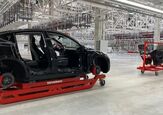
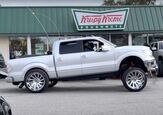














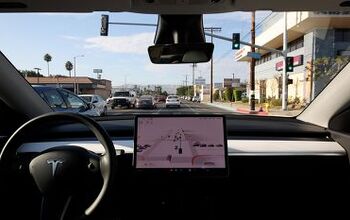
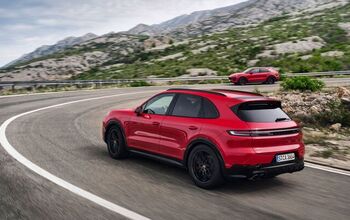
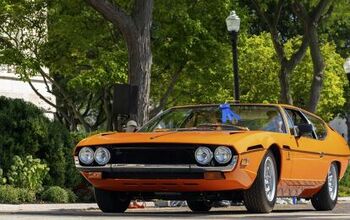
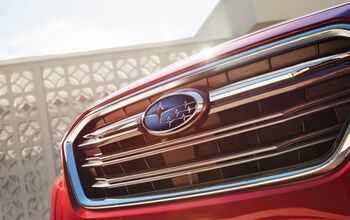


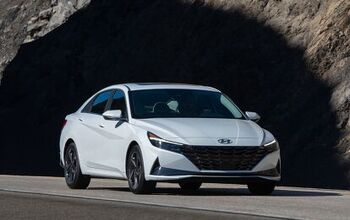
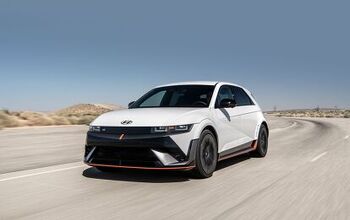
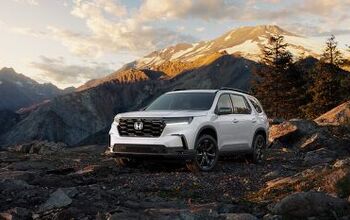
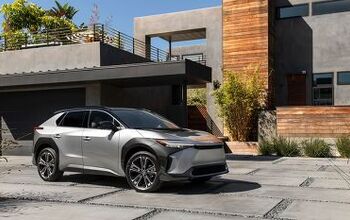


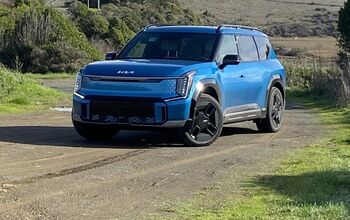

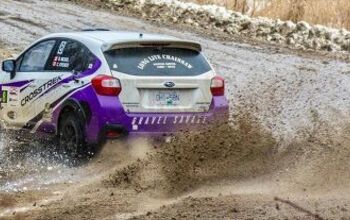


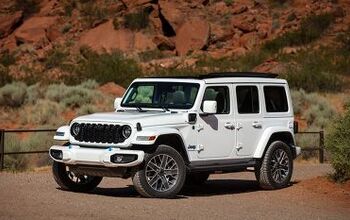
Comments
Join the conversation
Can't comment to specific posters b/c WordPress is a mess on this site but I disliked, almost every Fuji Heavy - oops - almost every Subaru vehicle I've ever driven. Flaccid chassis', tin can feeling doors, cheap plastics/trim, many models (not all) with lifeless steering, many models (not all) with very loud interiors in terms of road noise, many models with cramped interiors regardless of segment, awful CVT transmissions, poor fuel economy, etc. I had a soft spot for the gen of Legacy GT that had the great gauges and the frameless side windows, though. Overall, middling quality/reliability vehicles with a massively inflated reliability reputation, with many expensive, recurring problem areas, with an overall feeling of cheapness... ...but man knowing what I do now, bring me back as the largest franchisee of Subaru Dealerships coast to coast (and especially in Washington, Colorado, Oregon, Utah, Massachusetts, California, etc., etc., etc.). I'm down for 300 dealerships or more! Proving once again that the general publics' tastebuds reside in its collective a$$!!!
I would choose a Rav4 over a Subaru. I might prefer a Rav4 over the newer CRVs and some of the other compact SUVs. Toyotas would be much easier to get parts and service for.